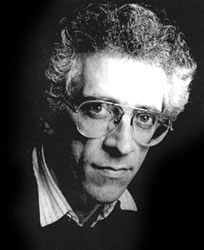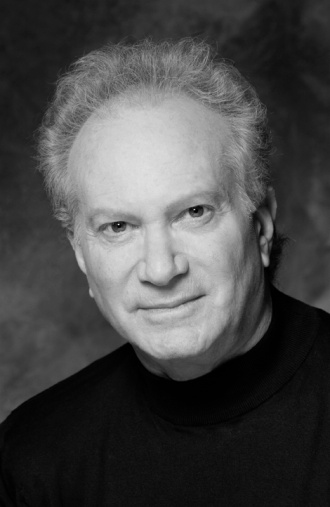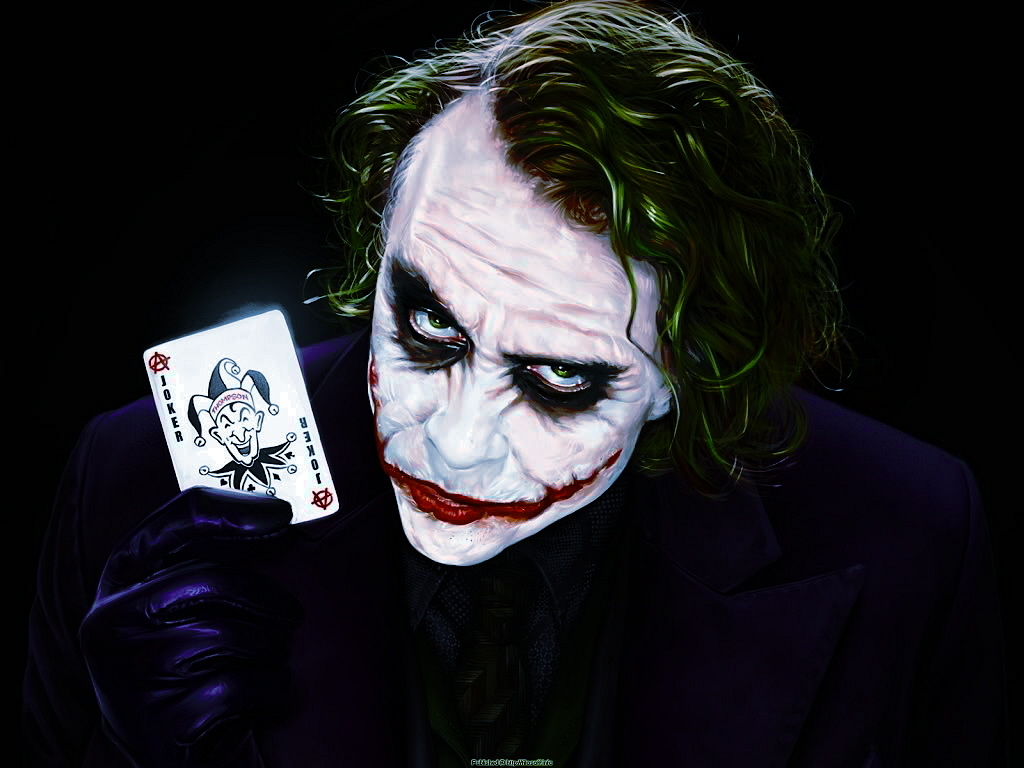Search This Blog
Final Film
Friday, 29 November 2013
Tuesday, 26 November 2013
Tuesday, 19 November 2013
Prezi - Purpose of a title sequence
This Prezi shows the purpose of a title sequence. In the Prezi i explored what the credits are and how they're used, how genre affects a title
Monday, 4 November 2013
Continuity Editing Task
Continuity Editing Task
For the continuity editing task we edited footage filmed by A2 students. The footage was of a girl walking through doors, and entering/ leaving rooms.
Our job was to put the footage in the correct order, and edit it, by taking out parts such as jump cuts, which shouldn't be used.
The task was beneficial as it enabled me to play around with the footage i was given, and to try out editing with Final cut express. It also meant i could practice arranging the re arranging footage and cutting it where ever i want.
I was able to display match on action with my editing of the footage, by cutting when the girl was turning door handles as she opened it and cutting when she opened the next room.
For the continuity editing task we edited footage filmed by A2 students. The footage was of a girl walking through doors, and entering/ leaving rooms.
Our job was to put the footage in the correct order, and edit it, by taking out parts such as jump cuts, which shouldn't be used.
The task was beneficial as it enabled me to play around with the footage i was given, and to try out editing with Final cut express. It also meant i could practice arranging the re arranging footage and cutting it where ever i want.
I was able to display match on action with my editing of the footage, by cutting when the girl was turning door handles as she opened it and cutting when she opened the next room.
180 Degree Rule
180 Degree Rule
The 180 rule is a rule that must be followed when filming, it means you must stay on one side of the characters or objects giving the audience an idea of where tey are in the room. with the 180 degree rule, you make sure you don't cut to the opposite side of the people in the scene or objects.
Its advised to stick to the 180 degree rule as if you change the side of the camera, it can cause confusion with the audience as to where the characters are, if they haven't seen that part of the scene. It can also confuse the audience if the characters were having conversation as it would look as if they weren't looking at each other.
You can show the other side of the characters if they turn another way or you track the camera to the other side.
When practising the 180 degree rule I made sure I stayed on one side of the line and I didn't track to show the other side, as I didn't need to.
The 180 rule is a rule that must be followed when filming, it means you must stay on one side of the characters or objects giving the audience an idea of where tey are in the room. with the 180 degree rule, you make sure you don't cut to the opposite side of the people in the scene or objects.
Its advised to stick to the 180 degree rule as if you change the side of the camera, it can cause confusion with the audience as to where the characters are, if they haven't seen that part of the scene. It can also confuse the audience if the characters were having conversation as it would look as if they weren't looking at each other.
You can show the other side of the characters if they turn another way or you track the camera to the other side.
When practising the 180 degree rule I made sure I stayed on one side of the line and I didn't track to show the other side, as I didn't need to.
For the preliminary task: its important to include the 180 degree rule, which is noted down on the story board we used to plan it. We can use the photos already taken to make sure we aren't making errors when filming, As its important to use the rule correctly.
Sound techniques
Sound techniques
Dialogue: A conversation between two or more people, in a film, book or play.
Diegetic sound: it can be any sound that is made in a scene. its a sound a character can hear, and usually around them, such as dialogue or movement or music
Non digetic sound: Sound the character/s cant hear. It's usually music over a scene, or a narrator speaking. an example of this is in jaws, when the shark slowly approaches the beach, it creates tension for the audience but the characters are unable to hear it.
Sound Motif: A Sound that becomes recognisable to the audience, and is associated with programmes, people or objects. When the audience hears it they think of that thing. Example would be a Soaps theme tune or opening sequence.
Synchronous Sound: the visuals in the scene is at the same time as the sound.
Contrapuntal sound: A sound that doesn't match what is in the scene, it can change the whole feel of the scene, possibly having the opposite affect it would have had if there wasn't music.
Voice Over: A narrator or character speaking over a scene, where you mainly hear their voice.
Sound Track: Music that accompanies a film or show
Ambient Sound: Common noise you'd hear in a scene. Used to make the scene realistic and life like. an example is running up or down stairs, or pots and pans in a kitchen if someone in the scene is cooking.
Sound perspective: Volume or frequency range of a sound can be changed to show the distance of the sound, whether its close or far away.
Sound Bridge: When the sound of one scene carries over to the next, before the sound in the following scene starts. An example is talking from a previous scene, that follows over to the next scene.
Mode of Address: where a narrator or character addresses the audience, normally asking for advice or answers that are unclear to the character.
.
Dialogue: A conversation between two or more people, in a film, book or play.
Diegetic sound: it can be any sound that is made in a scene. its a sound a character can hear, and usually around them, such as dialogue or movement or music
Non digetic sound: Sound the character/s cant hear. It's usually music over a scene, or a narrator speaking. an example of this is in jaws, when the shark slowly approaches the beach, it creates tension for the audience but the characters are unable to hear it.
Sound Motif: A Sound that becomes recognisable to the audience, and is associated with programmes, people or objects. When the audience hears it they think of that thing. Example would be a Soaps theme tune or opening sequence.
Synchronous Sound: the visuals in the scene is at the same time as the sound.
Contrapuntal sound: A sound that doesn't match what is in the scene, it can change the whole feel of the scene, possibly having the opposite affect it would have had if there wasn't music.
Voice Over: A narrator or character speaking over a scene, where you mainly hear their voice.
Sound Track: Music that accompanies a film or show
Ambient Sound: Common noise you'd hear in a scene. Used to make the scene realistic and life like. an example is running up or down stairs, or pots and pans in a kitchen if someone in the scene is cooking.
Sound perspective: Volume or frequency range of a sound can be changed to show the distance of the sound, whether its close or far away.
Sound Bridge: When the sound of one scene carries over to the next, before the sound in the following scene starts. An example is talking from a previous scene, that follows over to the next scene.
Mode of Address: where a narrator or character addresses the audience, normally asking for advice or answers that are unclear to the character.
.
Narrative Theory
Narrative Theory

Narrative: In media Narrative is the order of a collection of events and everything in Media has a Narrative.
Theories:
Tzvetan Todorov is a Bulgarian Philosopher that came up with the idea of a three part narrative. Know as the Todorovian Narrative. Equilibrium,Disequilibrium and New Equilibrium, which we commonly know as beginning middle end. Todorov suggest that at each section there are rules to be followed. Such as Equilibrium is at the beginning, where the story is balanced and all is well, the audience consider this to be 'normal'. Next in the Disequilibrium, a problem occurs, that changes the 'normal' atmosphere that was displayed in the Equilibrium.
Finally the New Equilibrium where there is new balance, however this balance is different from the balance in Equilibrium. It is normally seen as a better atmosphere than in equilibrium.
Syd Field: Syd field, who is rated highly in Hollywood for his theories, believes in Todorovs theory, but has tweaked it. He believes Narrative consist of three acts, Act 1, Act 3 and Act 3.


.jpg) Vladimir Propp:
Vladimir Propp:Vladimir Propp is a Russian theorist that came up with the idea that in all stories there are always eight specific character types. His character theory consists of:
1.Hero- Hero's are usually on quests and leading the story lines. All though they're commonly male they don't have to be. an example of a heros Batman.
2. Villain- Always attempting to stop the hero from succeeding in their quest. Villain and Hero are enemies. An example of a Villain is the joker from spider man.

3. Donor- They aid the hero in their quest, usually supplying them with a clue or power. An example is Yoda.

4. The Princess - used as a prize or reward for a person, if the hero is female they usually receive a gift.
an example of this is Mary Jane in Spiderman.

5. Sidekick/ Helper - Helps the hero in their quest, an example is Donkey from Shrek
6. The father- Gives the hero a reward for completing the quest. An example is Sultan from Aladdin (Princess Jasmines Father).

7. False hero - try to take credit for what the hero has achieved, or sets out to. Attempts to gain the princess for themselves. An example is Prince Charming from Shrek.

8. Dispatcher - the person who starts the hero on their quest.
Claude Strauss:
Claude Strauss is a Theorist who came with the Theory of Binary opposition.
he studied how culture affects stories and how they cause a natural opposition often used in media today, such as
Good vs Evil
Homesteads vs Natives
Weak vs Strong etc.
A French semiologist, philosopher and critic who believed narrative had five different codes to it.
Action: A narrative device which equals a solution caused by action
Enigma: confuses the audience which a riddle, puzzle or mystery they have to solve.
Symbolic: same as connotation
Semic: same as denotation
Cultural: the audience recognises this belongs to a specific culture.
Subscribe to:
Comments (Atom)


